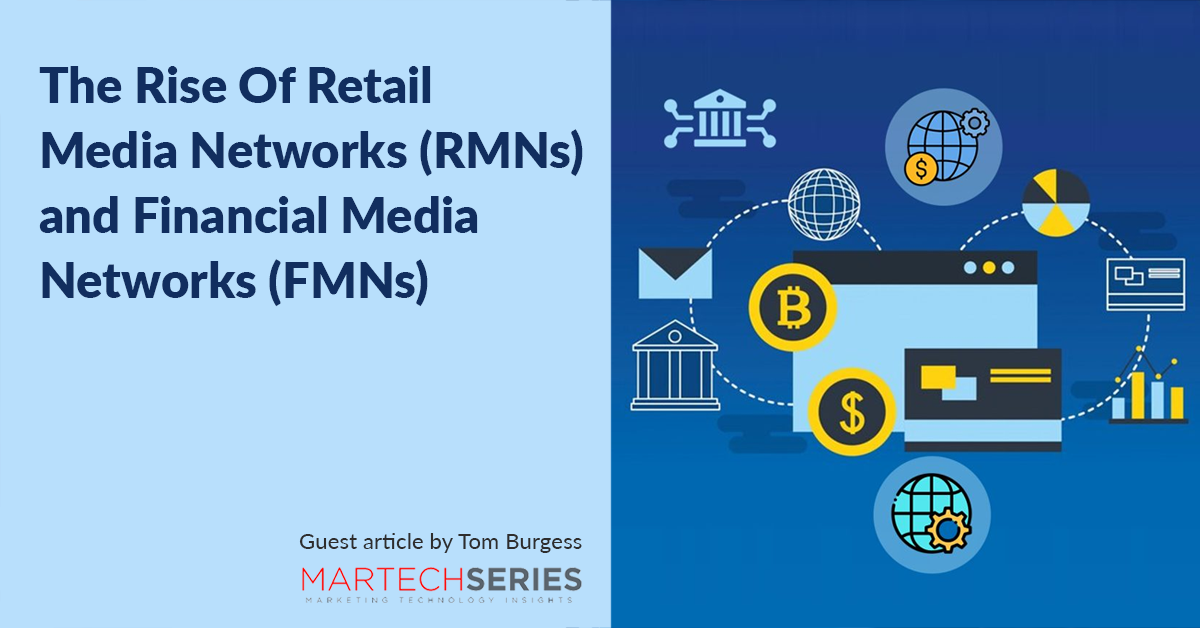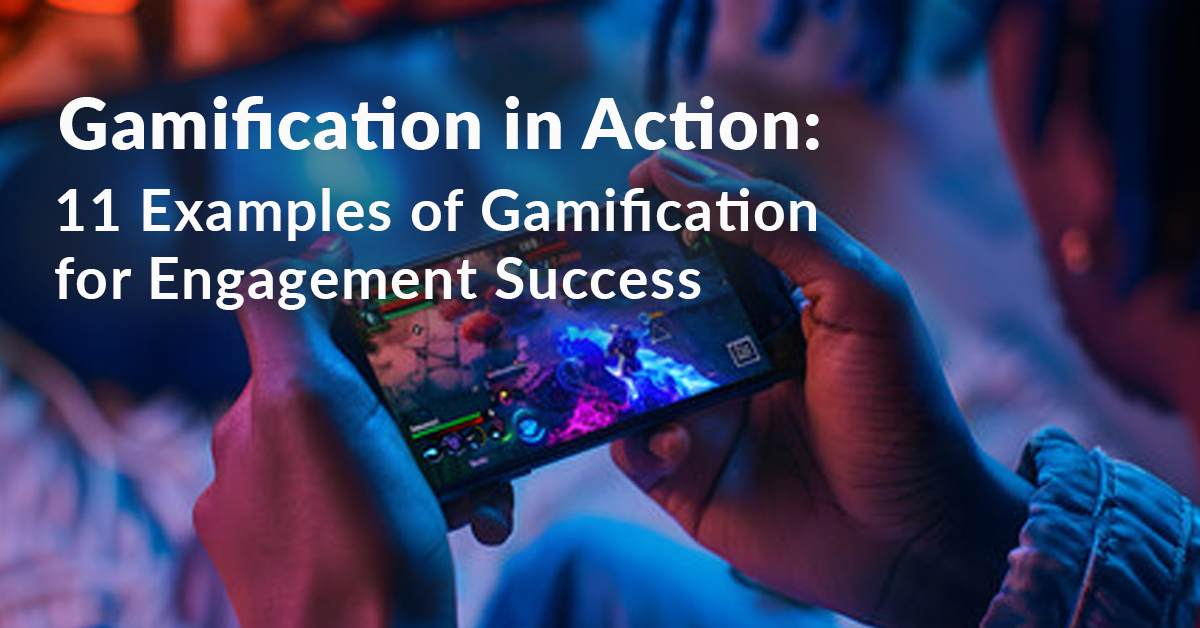Brands and retailers are continually wary about their spending, especially when it comes to marketing. With the advent of new trends in technologies and the plethora of social channels, marketers are in a dilemma as they contemplate if loyalty programs can prove ROI by resonating with existing consumers while also acquiring new consumers. Here at Snipp, we believe loyalty programs to be extremely fruitful for brands in many ways, and this post will explain why.
First, let’s define a loyalty program:
A loyalty program is a relationship between a brand and a consumer where a company offers exclusive promotions or pricing in order to gain the consumer’s repeat purchases or brand engagement.
Now, let’s discuss why it is important for the brands to establish a loyalty program. We have identified five key benefits:
- Retention and Acquisition
- Data
- Curbing of Competition
- Brand Advocacy
- Reduction of Costs
Retention and Acquisition:
In February 2013, an article in Forbes asserted that keeping an existing consumer is 7 times less expensive than acquiring a new one. Roughly, in a period of 5 years, a company with 70% consumer retention rate would have lost twice or thrice as many consumers as a company with 90% retention rate. A loyalty program persuades the consumers towards accumulation of reward points, and this also provides relevant information about the consumers for marketers to more effectively address their needs. This results in consumers feeling more engaged and likely to stick to the particular brand.
For new consumers, a rewards offer that adds value to their purchase is key to getting them on board with your brand. The enthusiasm and interests of reward points drives the existing and new consumers turning out to be highly profitable for companies in the short run and long run as well.
Data:
A loyalty program can assist brands with collecting valuable data and prove ultimately fruitful for carving out a long-term marketing strategy to target the existing categorized consumer base and acquire new prospects. Loyalty programs can also assist in collecting Consumer Life Value, which is a measurement of the annual purchasing of consumers and the projected value of all the interactions in the future.
Curbing of Competition:
It is not difficult for the discerning shoppers to compare hundreds of prices in a few clicks, and if they are only considering a brand’s products instead of your store or brand on a whole, it is hard to stand a chance against online e-tailing giants like Amazon. For brands to increase their mindshare, rewards programs can give a leg up over the competition.
Brand Advocacy:
Data suggests that 73% of millennials feel it is their responsibility to help friends and family make smart purchase decisions, and word-of-mouth is the primary factor for 20-50% of all purchasing decisions. A consumer might refer or suggest to his friends or family to purchase from a particular brand depending on the type of referral program, especially through social media. In these types of referral programs, the existing consumer who refers a friend might earn huge reward points and the referred consumer might get a discount on their first purchase. Such people become a company’s brand advocates.
Reduction of Costs:
At least 50% of marketing budgets are focused towards developing a permanent place in the minds of consumers. Another 50% is spent heavily towards acquiring new ones. As compared to this now, loyalty programs cover all these aspects, showing real ROI. The data indicates that 75% of US companies with loyalty programs see the ROI, and rightfully so as 83% of consumers agree that loyalty programs make them more likely to continue with the certain specific brands.
For the marketer’s dilemma, the above reasons surely indicate that a loyalty program can enhance brand equity, customer satisfaction and brand engagement, and most important of all, profit. Not to mention, loyalty programs can provide the edge that brands need in the ever-growing competitive market, and at a lower cost.
Sairaj Kalekar, Marketing Coordinator, Snipp Interactive





